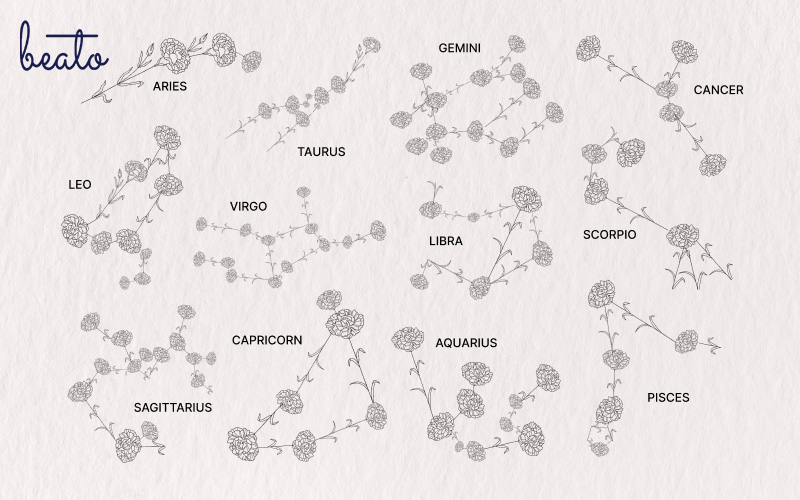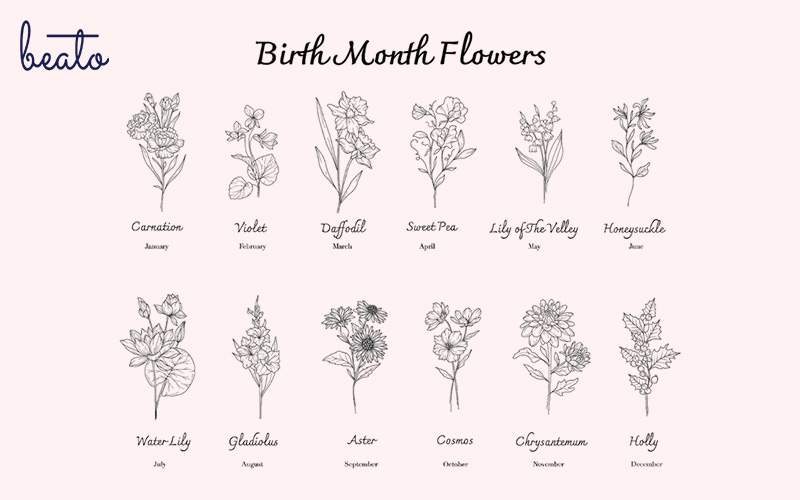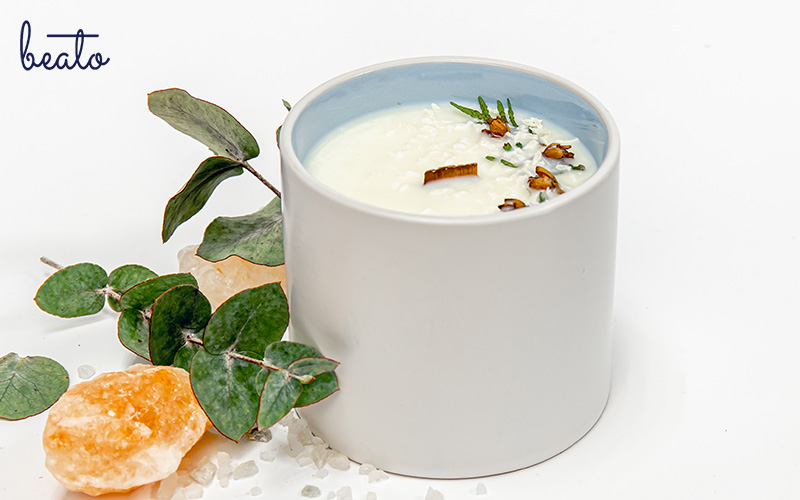Have you ever felt a special connection to certain flowers? Just like how your zodiac sign reflects your inner traits, some flowers are said to be naturally aligned with your personality and energy. The link between astrology and flowers is a fascinating concept that allows believers to express who they are and better understand themselves. It also allows you to pick out more meaningful floral gifts, such as birthday and anniversary flower bouquets, for your recipient. With that in mind, let’s take a closer look at the flowers that are associated with their respective zodiac signs, and how they can bring positive energy into your daily life.
How Flowers and Zodiac Signs Are Connected


Each zodiac sign is associated with a unique set of characteristics—whether it is Leo’s confidence, Virgo’s practicality, or Scorpio’s intensity. Likewise, flowers carry their own meanings and energies. By matching flowers to astrological signs, you can find one that resonates with your unique personality traits.
The relationship between astrology and flowers is rooted in the idea that certain plants can strengthen the qualities of each sign. Whether you are drawn to bold petals or delicate blossoms, the right flower can complement your emotional and spiritual needs, helping you feel more balanced and inspired.
The Best Flowers for Each Zodiac Sign


If you are looking for the right flower for yourself or for someone who believes in astrology, this quick guide will help you find the ideal complement for each zodiac sign. Whether you are getting an anniversary or birthday flower bouquet, understanding these pairings will make your gift even more special.
- Aries (21 Mar–19 Apr): Often a symbol of courage and passion, poppies match Aries’ fiery energy and adventurous spirit.
- Taurus (20 Apr–20 May): Elegant and grounded, lilies reflect Taurus’ love for beauty and calmness.
- Gemini (21 May–20 Jun): Light and cheerful, lavender suits Gemini’s lively mind and sociable nature.
- Cancer (21 Jun–22 Jul): Soft, nurturing white roses mirror Cancer’s emotional depth and caring heart.
- Leo (23 Jul–22 Aug): Bright and bold, sunflowers suit Leo’s warm personality and need to shine.
- Virgo (23 Aug–22 Sep): Clean, simple, and pure, daisies reflect Virgo’s clarity, thoughtfulness, and love for simplicity.
- Libra (23 Sep–22 Oct): Balanced and symmetrical, hydrangeas represent Libra’s sense of harmony and grace.
- Scorpio (23 Oct–21 Nov): Intense and mysterious, dark red roses express Scorpio’s passionate and deep nature.
- Sagittarius (22 Nov–21 Dec): Fun and adventurous, carnations suit Sagittarius’ lively and curious soul.
- Capricorn (22 Dec–19 Jan): Refined and resilient, orchids represent Capricorn’s elegance and inner strength.
- Aquarius (20 Jan–18 Feb): Unusual and creative, irises capture Aquarius’ independent and imaginative mindset.
- Pisces (19 Feb–20 Mar): Dreamy and peaceful, water lilies align with Pisces’ sensitivity and spiritual depth.
How Flowers Can Enhance Your Zodiac Energy


Choosing the right flower does more than just collecting style points; it can also help increase your zodiac energy. For instance, a Virgo may benefit from daisies to encourage calmness during a busy period, while a Leo might keep sunflowers nearby to feel uplifted and energised. Flowers can serve as gentle reminders of your strengths or as tools to bring balance when you feel off track.
You can also use flowers to enhance what you wish to develop. If you are an Aries searching for peace, lavender might help you slow down and encourage you to breathe. If you are a quiet Cancer who wants more confidence, sunflowers might give you the boldness you need.
Incorporating Your Zodiac Flower Into Daily Life


There are many easy and creative ways to bring your zodiac flower into your space. It could come in the form of an anniversary flower bouquet from your partner, a birthday flower bouquet tailored to your sign, or an elegantly arranged flower box.
You can also place your zodiac flower near your desk, add it to your home altar, or choose scented versions in candles or essential oils. Even something as simple as a floral-themed accessory can help you stay connected to your astrological energy throughout the day.
The connection between flowers and astrology reflects the popular belief that we are all a part of nature and the universe at large. Understanding what flowers match your zodiac sign can help you find your footing in life and get in tune with your spirit. Whether you are looking to boost your confidence, find calm, or bring more beauty into your life, the right flower can help guide the way.
Here at Beato Fiore, we craft more than just bouquets; we also create meaningful floral experiences. Our various arrangements, including bouquets and flowers in a box, reflect that commitment to creating the perfect gift for every individual. Whether you are celebrating a loved one or indulging in self-care, our team is here to help you choose flowers that speak to your soul.
For more information about our services, please contact us today.
